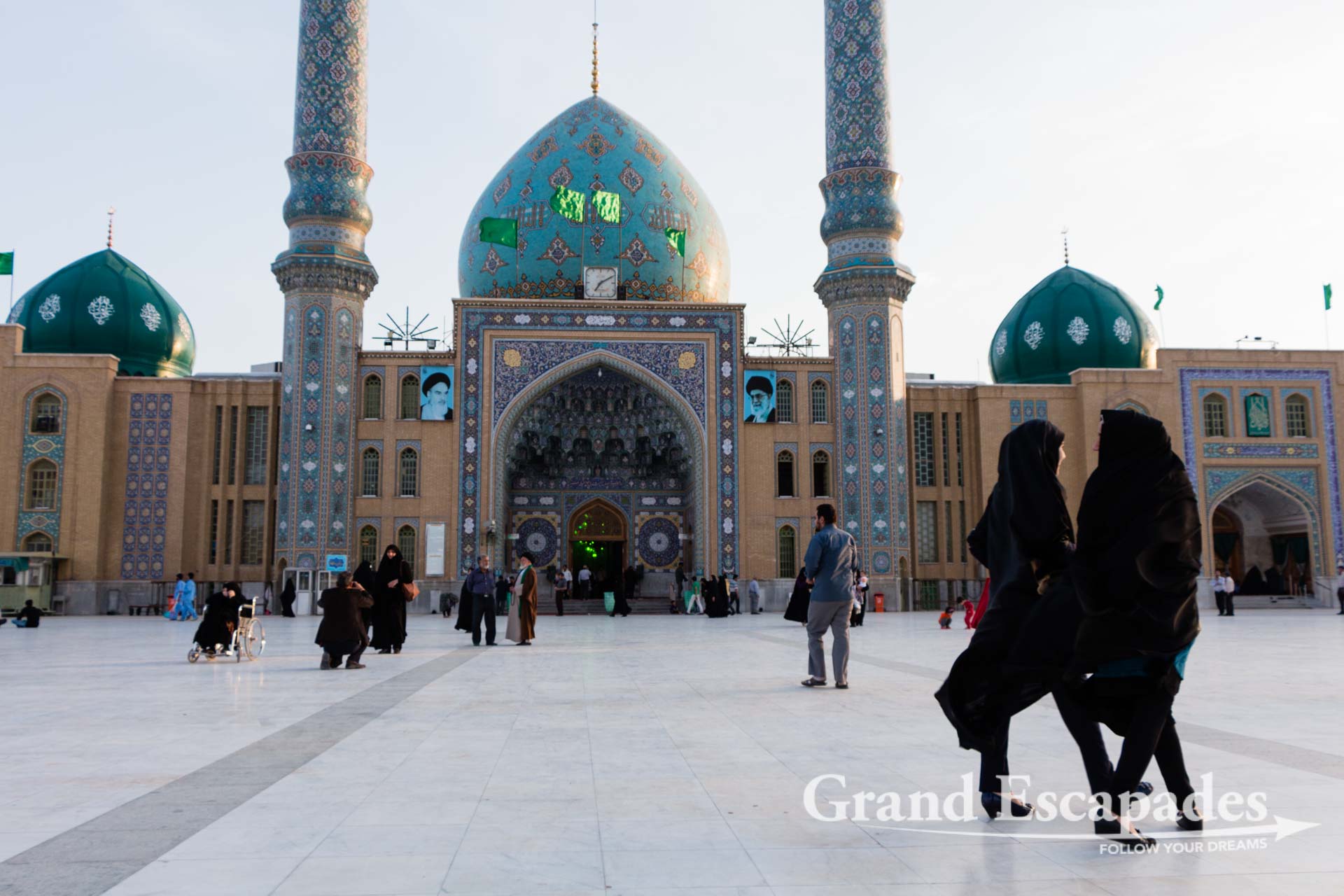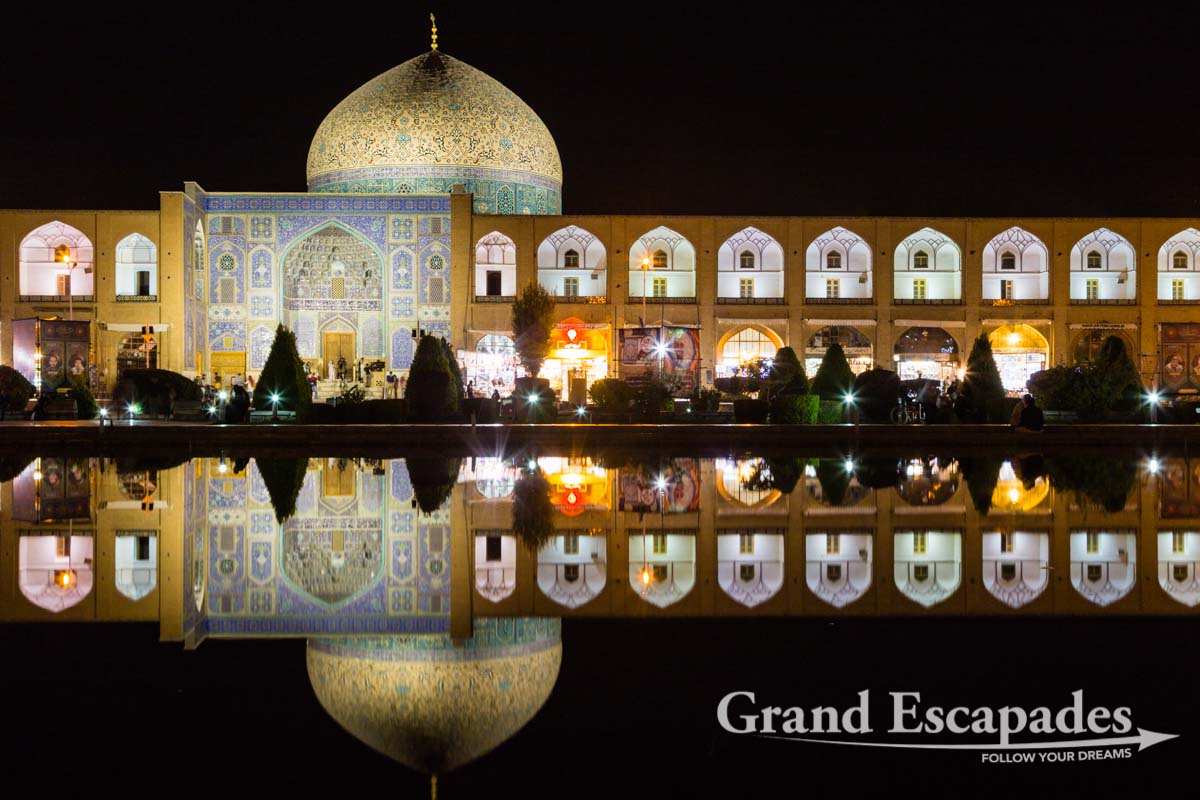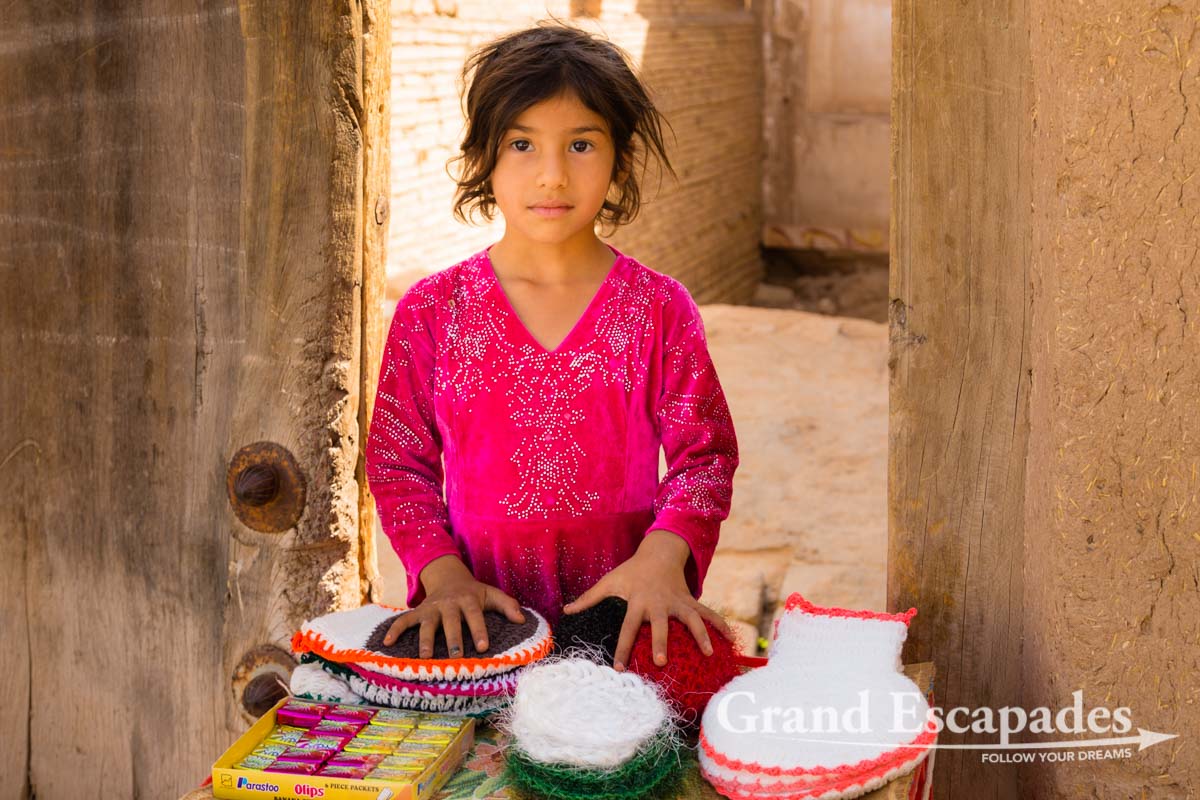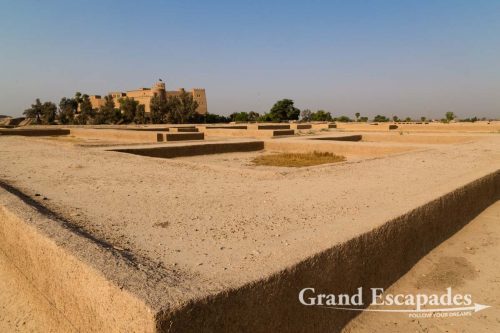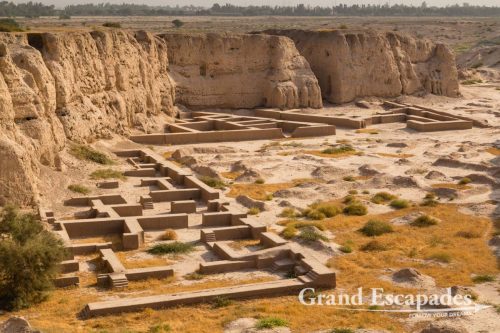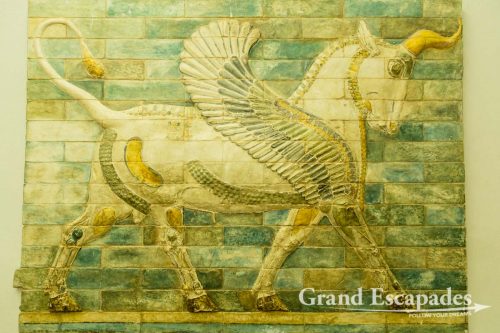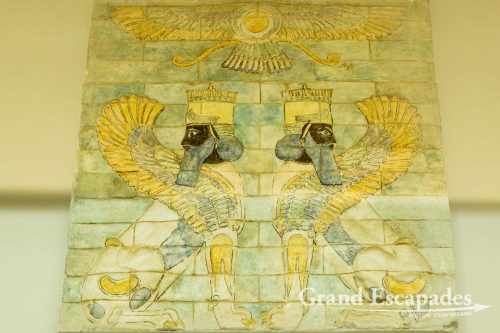In Southwestern Iran, in the desert not far from Iraq and Kuwait, the Elamites developed one of the first great civilizations in Human History, with amongst others the first fix human settlement ever created, dating back to the 5th Millennium BC! So on my second trip to Iran, I absolutely wanted to discover Choqa Zanbil, Shushtar & Shush… This was a highly challenging time during my trip, but one I clearly did not regret.
Logistics
Hot… Hotter… Hottest… Yes, when the Lonely Planet speaks from “life threatening temperatures”, it is hardly exaggerated… At least if you visit this part of the country too early or too late in the season, i.e. not in the middle of the winter! I was there end of September, and had to face temperatures reaching 44+ degrees Celsius (110+ Fahrenheit) during the day and no less than 27 degrees Celsius (80 Fahrenheit) during the night. Suffocating…
Therefore, you should think about logistics when heading to this area, and be ready to dish out the money for private taxis, to avoid roaming the baking streets. The good news is: this is no expensive luxury…
- From Ahvaz (airport) to Shushtar: 75.000 Tomans or 17 €
- From Shushtar to Shush with sufficient waiting time in Choqa Zanbil: 110.000 Tomans or 24 €
- From Shush to Andimeshk is 38.000 Tomans or 8 €
Moreover, and though there are hardly any tourists, you find in the different places an adequate choice of hotels, nothing fancy but most important: with a good AC! In Shushtar, I chose the Jahangardi Hotel, (90.000 Tomans or 20 € for a single room). In Shush, the overpriced but perfectly located Apadana Hotel costs 130.000 Tomans or 28 €.
Choqa Zanbil Ziggurat
A Ziggurat is a pyramidal, stepped temple characteristic of major cities of Mesopotamia, Sumer, Babylonia & Assyria. All the approx. 25 known Ziggurats have no internal chamber and a core of mud brick with an exterior of baked bricks. The best preserved Ziggurat is in Ur (modern Tall al-Muqayyar, Iraq), and the largest in Choqa Zanbil (or Tchoga Zanbil or Choga Zambil), with a base of 102 meters square and 24 meters high (an estimated half of the original height).
Now a UNESCO World Heritage, Choqa Zanbil was built by the Elamites around 1.315 BC under the King Untash-Gal, and was dedicated to Inshushinak, the bull-god of Susa. The outer walls of the complex extend approx. 1.200 by 800 meters around the Ziggurat, and included 13 temples (only 4 are now somehow preserved). The Ziggurat’s facade was once covered in blue and green terra cotta, and its interior was decorated in glass and ivory mosaics.
Yes, Choqa Zanbil is THE highlight of Southwestern Iran, and the main reason why you come here. Be here in the end of the afternoon, when the soft light of the setting sun turns the color of the bricks of the Ziggurat into dark gold. In the evening quietness, and despite the debilitating heat of the surrounding desert, Choqa Zanbil has something truly magical…
Shushtar
The historical oasis of Shushtar, strategically positioned on the Karun river, Iran’s only navigable waterway, offers something truly unique, a masterpiece of ancient engineering: the Historical Hydraulic System, that spreads throughout the city, with bridges, dams, channels, watermills…
You will need at least half a day to see it all, and it is best to stay here overnight, so that you can visit the various parts late afternoon and especially early morning, before temperatures turn “life threatening”, as the Lonely Planet rightly puts it.
- Shushtar Historical Hydraulic System
The main highlight of Shushtar is the Historical Hydraulic System located there, a UNESCO World Heritage Sites, referred to “as a masterpiece of creative genius.” It was built during the reign of Darius the Great in the 5th Century BC and enabled the inhabitants to optimize the use of water for agriculture and industry.
It is an interconnected set of bridges, weirs and dams, mills, water cascades, canals, and tunnels: the Karun River is divided into two branches before entering Shushtar, with one artificial canal funneled through 3 tunnels into the hydraulic system. The entering water is then divided up through numerous canals, turns the mill wheels, and then falls into a basin in form of water cascades.
Shushtar historical hydraulic system is definitely one of the masterpieces of civil engineering in the world!
- Salasel Castle
Qal’eh Salasel or Salasel Castle was once a huge fortress set on a prominent cliff overlooking the Karun River. Its main role was to monitor the efficiency of Shushtar Hydraulic Systems.
Nowadays, there is not much to look at above the ground, but you can visit the impressive underground Sassanian water channels.
- Antique Bridges
Part of the Historical Hydraulic System, several antique bridges, dams & weirs can be found around the old part of Shushtar. It is definitely worth checking at least the best preserved ones on a city tour…
- Other highlights of Shushtar
- Afzal Caravanserai – This traditional Caravanserai from the Qajar Area includes a basement with various art shops, a 1.000 square meter ground floor and a mezzanine, from where you can glance at parts of Shushtar.
- Imamzadeh Abdullah – On the southern edge of town, this shrine is topped by a photogenic Khuzestani Ourchin dome, with a rare star base.
- Traditional Houses – Most of those houses have been turned into boutique hotels, restaurants or tea houses, and hence can be freely visited.
Shush
Well, if there is one unfriendly place in Iran, then it must be Shush… No matter where I went (Museum, Apanada Castle, but also the Apanada Hotel…), the staff just seemed not to care… This is the only place in Iran where I experienced this! To make matters worse, opening hours of the Apanada Castle & the Museum are simply a joke, forcing you to visit the place under a scorching sun and in a mind-boggling heat.
True, the place has an immense historical importance, but the remains are to be honest quite limited and require a lot of imagination. You need no more than 2 hours to see it all… Else, Shush is a non-descript, dusty small town completely void of interest.
- Apadana Castle, the Palace of Darius, Shush
- Apadana Castle, the Palace of Darius
- Shush Museum
- Shush Museum
Train from Andimeshk to Dorud
This is supposed to be one of the great experiences in Iran and one of the most scenic train rides in the world. I had actually never heard about it but stumbled upon two blog posts that rave about this experience: Lost With Purpose & The One Armed Crab. Since I was in the area, I decided not to miss it!
In Shush, quickly cab drivers told me the train now leaves at 13:00 o’clock, and of course offered their services to take me straight to the train station. Well, considering the temperatures around noon, I quickly decided to dish out the 8 € and rewarded me with the luxury of a private cab…
Well, upon arrival at the train station at approx. 11:45 am, I quickly understood that there was no train. The station manager tried the best he could with his limited English to explain me that the train was cancelled due to railroad repairs at least for the next 2 days, maybe more…
So I headed to the bus station, and waited from 12:30 to 21:30 for a night bus straight to Kashan. Not the best experience of Iran, though a bus company offered me to sit in their office the whole afternoon, enjoying the AC and being able to plug my computer. At least I could organize the next steps of my trip and sort & edit my pictures… Yes, Iranians will always find a way to enhance your travel experience, or at least in this case make it less negative!


